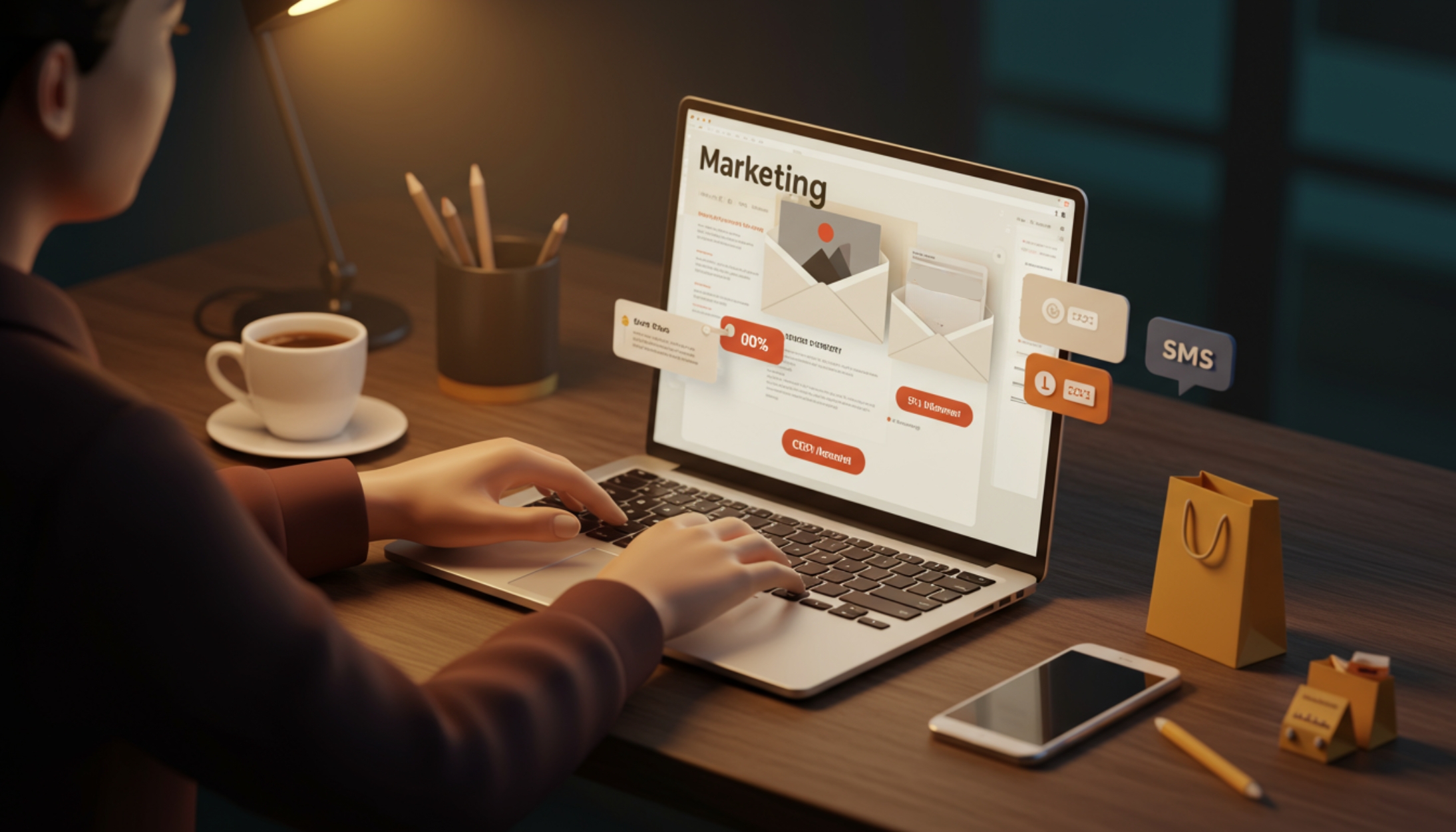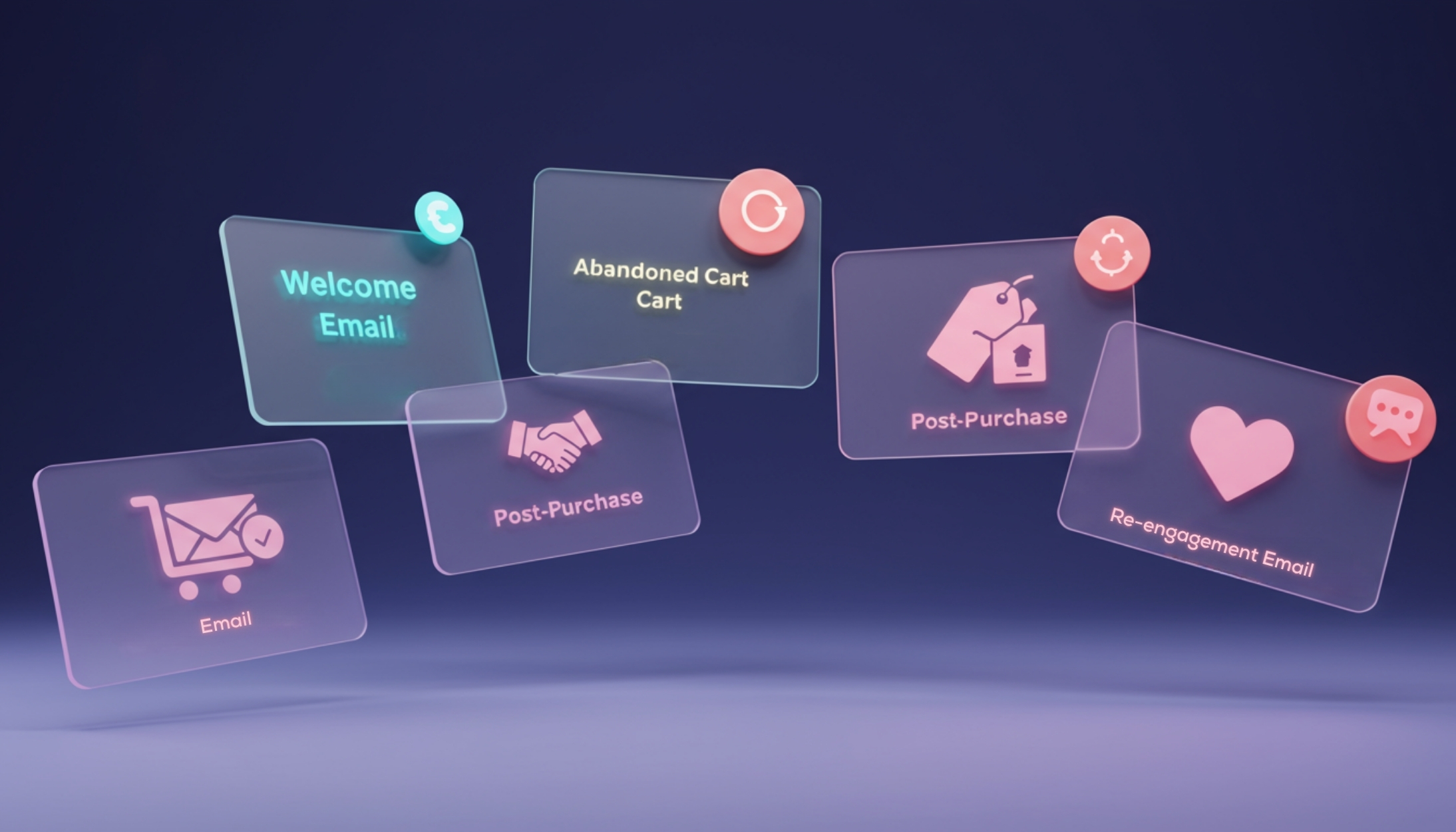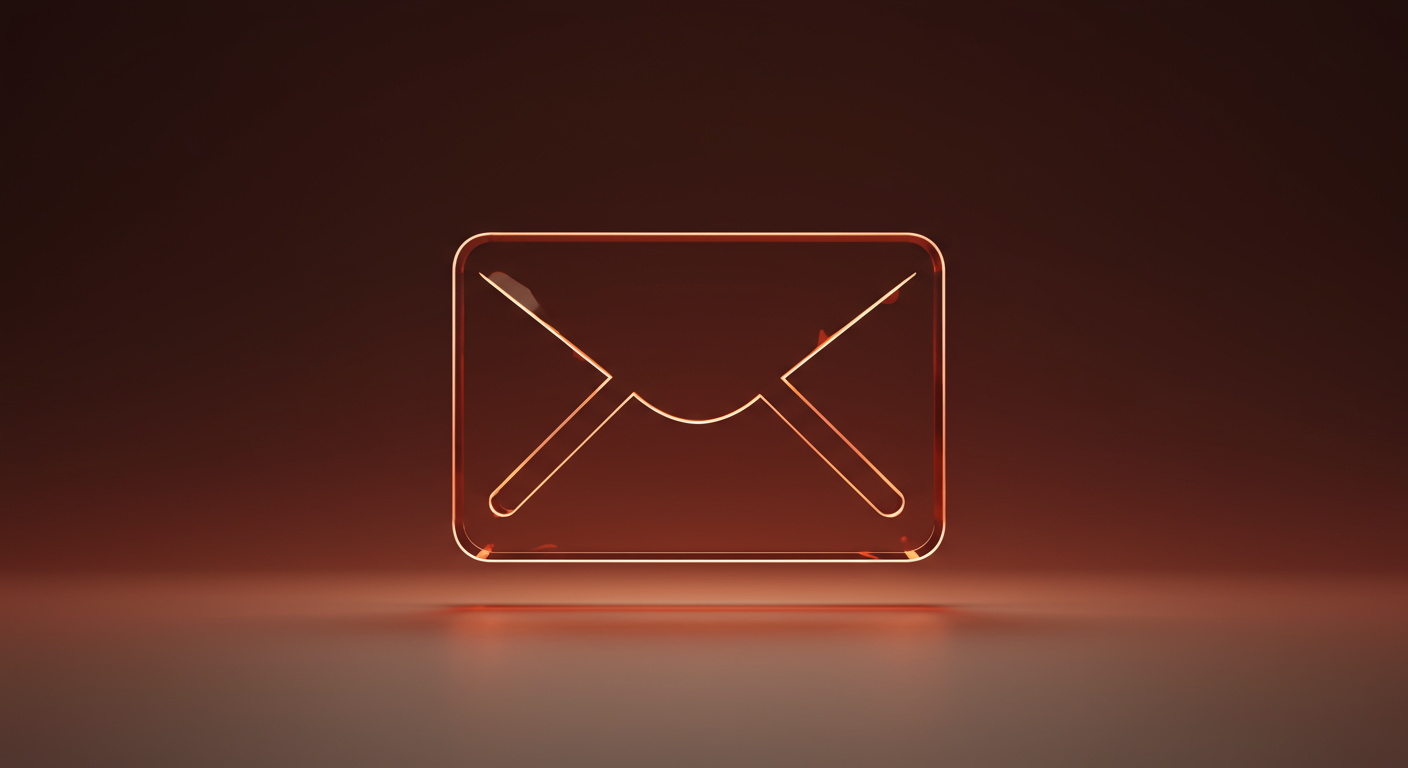Table Of Contents
- Introduction
- Why Email Marketing for Ecommerce Works
- Creating a Simple Email Marketing Strategy
- Building Your Email List
- Types of Email Campaigns for Your Store
- Making Emails Better with Email Personalization
- Using Email Segmentation and Email Automation
- Connecting with an Omnichannel Marketing Plan
- Checking Email Campaign Analytics
- Tips for E-commerce Email Marketing Success
- Email Marketing Trends 2025 to Watch
- Conclusion
Introduction
Ecommerce email marketing is a simple way to grow your Fathershops store. It sends messages directly to customers’ inboxes, helping you sell more and keep them coming back. Studies show email marketing returns $42 for every $1 spent, making it a smart choice for online stores. This guide shares easy steps for a great email marketing strategy, from building a list to using email automation.
Starting an online business, like with a online store, benefits from email marketing. It connects you with customers and supports broader marketing strategies to drive sales.

Why Email Marketing for Ecommerce Works
Email marketing reaches customers directly, unlike social media posts that might get missed. It’s a great way to encourage purchases with a personal touch. With a 42:1 return, email outperforms social media (2:1) or ads (4:1), based on 2024 data.
Customized emails get opened 26% more often and clicked 14% more, making them perfect for e-commerce marketing. Regular emails also build loyalty, with 80% of shoppers more likely to buy again from stores they hear from often, supporting strong customer retention.
Pairing email with social media marketing creates a consistent message across channels, boosting engagement.
Creating a Simple Email Marketing Strategy
A good email marketing strategy starts with clear goals, like increasing sales or bringing customers back. Knowing what customers buy, like pet supplies or gadgets, helps you send emails they’ll open.
Using email marketing platforms for ecommerce that work with your ecommerce store makes sending emails easy. These tools track results and automate tasks, saving time for other parts of your e-commerce business.
An ecommerce email marketing agency can create campaigns for you, letting you focus on building your online store.
Building Your Email List
A strong email list is key to e-commerce email marketing. A small list of interested customers is better than a big list of uninterested ones. Offer a 15% discount or free shipping to get sign-ups.
Add simple sign-up forms to your e-commerce website on pages like the homepage or checkout. Promote your form through social media marketing, like a Facebook post about new products.
Follow GDPR and CAN-SPAM rules for permission and easy unsubscribes. Remove inactive subscribers every few months to keep your email deliverability high, boosting your site’s SEO performance.
Types of Email Campaigns for Your Store

Different email campaign types connect with customers at the right time. Welcome emails with a 10% discount can boost first purchases by 20%. With 70% of carts abandoned, abandoned cart emails sent within 24 hours recover 15% of lost sales.
Promotional emails share sales or new products, while post-purchase emails suggest items to keep customers shopping, strengthening customer loyalty. Transactional emails, like order updates, get opened 80% of the time and improve customer service.
Re-engagement emails bring back inactive customers with deals, helping you find new product ideas they might like.
Making Emails Better with Email Personalization
Email personalization makes emails feel special, increasing opens by 26% and clicks by 14%. Use the customer’s name in subject lines, like “Emma, Your Sale Is Here!” Suggest products based on their purchases to match their interests.
Make emails easy to read on smartphones, where 60% are opened, to improve your conversion rates. Clear “Shop Now” buttons drive clicks, especially when paired with great product descriptions.
Test different subject lines or times to find what works, using market segmentation to target specific customer groups.
Using Email Segmentation and Email Automation
Email segmentation groups customers by what they like, such as clothes or electronics, making emails more relevant. This supports better market targeting for your online ecommerce store.
Email automation sends emails automatically, like welcome series that get 20% more engagement or abandoned cart emails recovering 15% of lost sales. Automation tools simplify tasks, similar to e-commerce automation.
Post-purchase emails thank customers and suggest products, streamlining your inventory management by encouraging repeat buys.
Connecting with an Omnichannel Marketing Plan

An omnichannel marketing plan combines email marketing for ecommerce with other channels. A sale announced on Instagram and followed by an email increases sales, aligning with marketing strategies.
Text messages for deals have 98% open rates, while retargeting ads pair with emails to reach ad-clickers. Including social media reviews in emails builds trust, boosting your social media presence.
This approach supports targeted campaigns, like those in performance marketing, for specific audiences.
Checking Email Campaign Analytics
Tracking email campaign analytics improves your email marketing strategy. Open rates (15–25%) show if subject lines work, while click rates (2–5%) measure engagement. Conversion rates (1–3%) track sales, and bounce rates should stay below 2%.
Analytics from email marketing platforms for ecommerce help you refine campaigns, much like tracking e-commerce metrics. Low open rates might need new subject lines to boost conversions.
These insights guide your overall market strategy, ensuring emails drive growth.
Tips for E-commerce Email Marketing Success
Improve your Fathershops emails with these tips. Send emails on Tuesday or Thursday mornings for more opens, based on 2024 data. One or two emails a week keeps customers happy without overwhelming them.
Avoid spam folders by skipping words like “free” in subject lines, improving email deliverability and supporting your SEO efforts. Share your Fathershops story to connect with customers, avoiding common e-commerce mistakes.
Using AI for content can help craft engaging emails efficiently.
Email Marketing Trends 2025 to Watch

E-commerce email marketing is evolving with new tools. AI-driven personalization picks products customers like, boosting sales by 30%, similar to AI in e-commerce.
Interactive emails with polls or sliders increase engagement by 50%. Surveys collect customer preferences for personal emails, helping you find trending products to promote.
Smart email marketing platforms for ecommerce support these trends, aligning with automated business ideas for efficiency.
Conclusion
E-commerce email marketing grows your Fathershops store by selling more and keeping customers happy. Use email segmentation, email automation, and abandoned cart emails for a strong marketing plan.
Start with the best email marketing platforms 2025 or an ecommerce email marketing agency. Grow your business with tips for increasing sales or launching a new online store.

